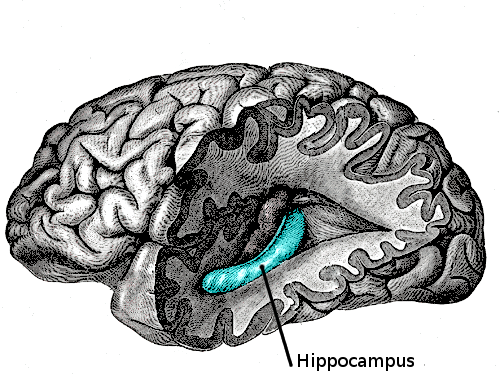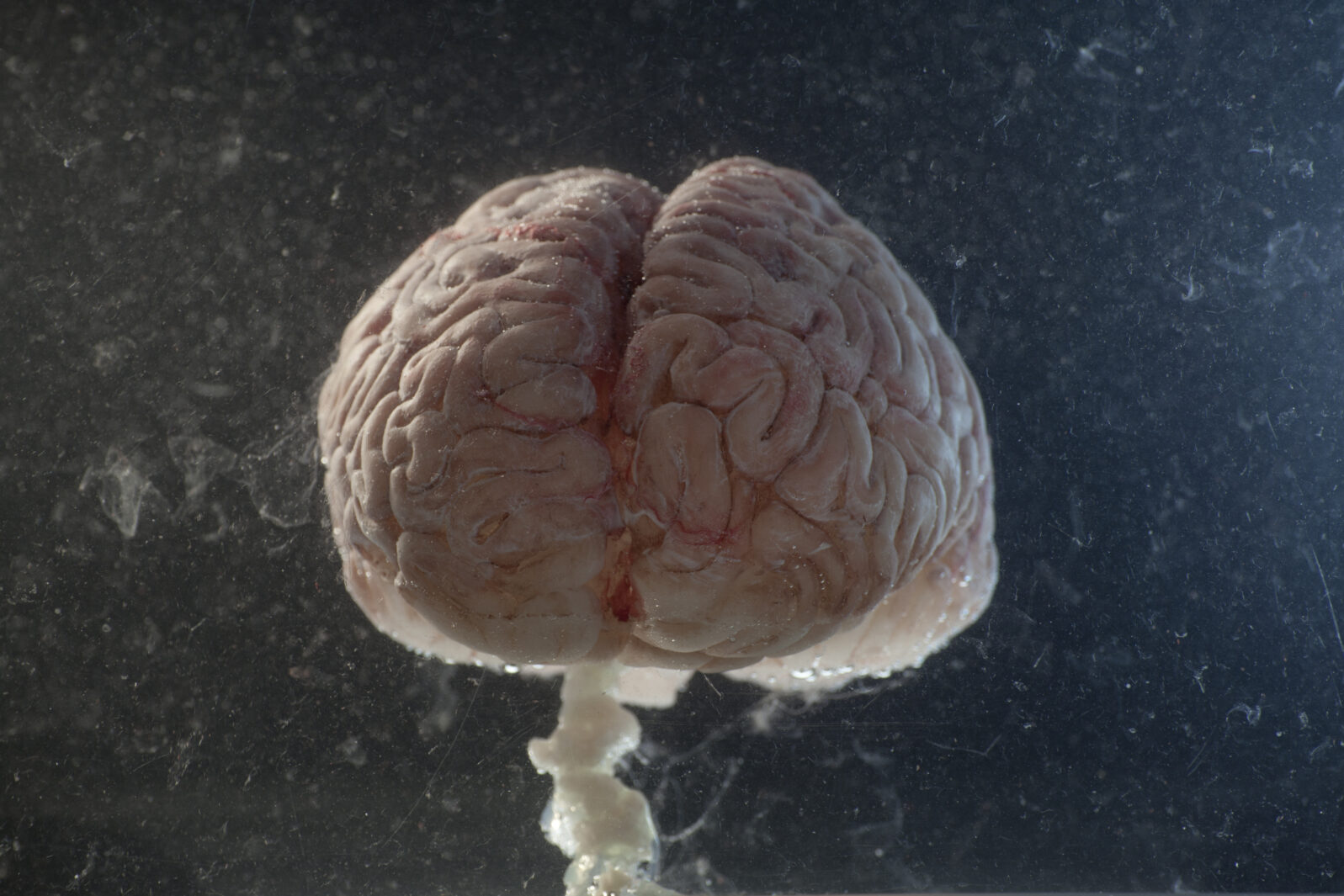Up! Up! Up! Keep Those Hippocampi Up!
The lighter side of neurobabble about our brains and ourselvesOne of my favorite Far Side cartoons is “Brain Aerobics”. It shows a group of scientists standing in a lab, exercising. The lead scientist is saying “Right side one two three… Left side one two three. keep those cerebellums up!”
Nowadays, science is starting to sound like a Far Side cartoon:
That’s why Véronique Bohbot, a researcher at the Douglas Mental Health University Institute and an associate professor in the department of Psychiatry at McGill University, is mildly concerned with what she sees as a growing trend of hippocampal disuse. As Bohbot told journalist M.R. O’Connor for O’Connor’s new book Wayfinding: The Science and Mystery of How Humans Navigate the World , “the sedentary, habitual, and technology-dependent conditions of modern living today are changing how children and adults use their brains.”
Ross Pomeroy, “Modern Life May Be Shrinking the Hippocampus. Here’s How to Grow It” at RealClearScience

Worrisome. A lot of me is shrinking nowadays. It sounds like an ad for an hippocampal exercise machine.
While the brain isn’t actually a muscle, like muscle, it does require exercise to stay in shape – mental exercise. In particular, the hippocampus seems to be flexed by spatial navigation, something Bohbot says we’re doing less and less of.
“Maybe in the past we never had to go on autopilot,” she told O’Connor. “Having jobs in one location and lives being more habitual is new. Industrialization learned to capitalize on the habit-memory-learning system.”
“Compounding these societal changes is the fact that chronic stress, untreated depression, insomnia, and alcohol abuse can all shrink hippocampal volume,” O’Connor added. Indeed, compared to other brain regions, the hippocampus seems uniquely prone to atrophy.
Ross Pomeroy, “Modern Life May Be Shrinking the Hippocampus. Here’s How to Grow It” at RealClearScience
It seems that there are exercise machines for hippocampi! The article identifies a number of ways to maintain and grow your hippocampus, including spacial navigation exercises and video games like Super Mario 64 and Portal, that challenge spatial navigation. Regular exercise, meditation, weekend trips to new places, and new activities, along with lots of sleep, really help.
Is there a pill for shrinking our hippocampi? Picture the ad: A husband and wife together in a quiet moment. The wife wants to talk. The man says: “Not tonight, honey. My hippocampus isn’t up to it.”
Yes, modern technology is, indeed, making us lazy and stupid. But who needs neuroscientists to tell us that? And that, of course, is the point of neurobabble.
If you’re a neuroscientist and want to get into the neurobabble game, here’s the formula: Take a perfectly obvious psychological or social fact, pick a brain structure, attribute the fact to the brain structure rather than to the actual psychological or social cause, and lie back and enjoy the adulation (and hopefully the grant money). It helps if you add some arcana — an fMRI is nice or some unpronounceable Latin-origin brain terms (“fMRI shows attenuated dopaminergic agonists in the limbic hippocampal-mamillary projections”).
It’s ratings gold. Neurobabble is a full-employment campaign for neuroscientists.
The fact that we fall for this tripe — that we don’t treat the current firehose of neurobabble as just another Far Side cartoon — is evidence that, indeed, we are getting lazier and stupider. But it’s because of our dim-witted grant-hungry scientists and our own bad judgment, not our hippocampi.
Also by Michael Egnor: University fires prof, hires chimpanzee to teach, research A light-hearted look at what would happen if we really thought that unreason is better than reason.
